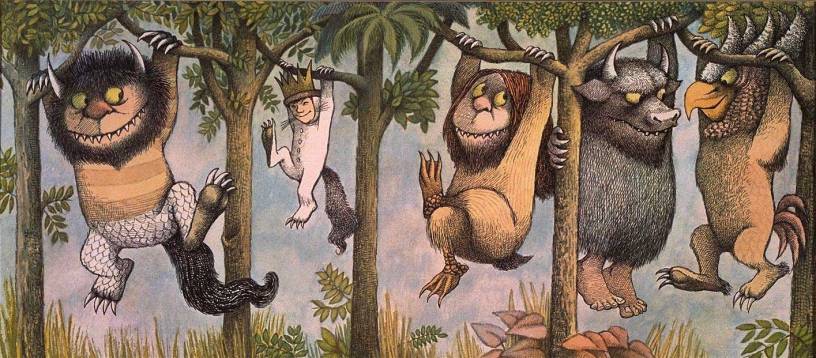
Maxs Journey A Psychological Analysis of Where the Wild Things Are
In Maurice Sendak's beloved children's book, "Where the Wild Things Are," readers are taken on a whimsical yet profound journey through the imagination of a young boy named Max. The story delves into deep psychological themes, including the exploration of anger, isolation, and ultimately, the search for belonging. Through Max's escapades in a fantasy land filled with monstrous creatures, readers can gain insight into childhood emotions and the complexities of growing up.
The Exploration of Emotions
Max's journey begins when he is sent to bed without dinner, a punishment that stirs feelings of anger and rebellion within him. His initial experiences echo the raw emotions many children face—their struggles with authority and their desire for freedom. The book beautifully encapsulates this internal turmoil as Max escapes to the land of the Wild Things, where he can express his anger without judgment. This exploration of emotions is essential in helping children learn to process and understand their feelings, making it a timeless narrative that resonates across generations.
Isolation and Imagination
Throughout his adventures, Max encounters creatures that are fearsome yet oddly familiar. The Wild Things symbolize various aspects of Max's emotional state; they embody both his fears and his desires, mirroring the wildly fluctuating feelings experienced during childhood. Their chaotic behaviors represent the turmoil Max feels in his home life but also reflect children’s natural inclination to escape into their imaginations. Such narratives allow children to confront their fears in a safe space, teaching them that navigating emotion is a part of life. This aspect of imaginative play is vital; it receives recognition in settings like the Where the Wild Things Are shop, which celebrates the book's legacy by offering creative outlets and merchandise that honor this transformative journey.
The Quest for Belonging
As Max revels in his new kingdom, he eventually realizes that even amid the excitement and freedom, he feels a profound sense of loneliness. The Wild Things, although fun and captivating, cannot provide the love and security he craves. Max’s realization is critical; it underscores the importance of family bonds and the safe harbors they provide. This moment highlights a universal truth about childhood: while adventure and exploration are vital, the ultimate destination for every child is home. For Max, choosing to return signifies acceptance of his emotions, reaffirming that even amidst chaos, there is comfort in familiarity and love.
The Cultural Legacy
"Where the Wild Things Are" extends far beyond the confines of a children’s tale; it serves as a cultural landmark that continues to influence how we perceive childhood emotions. Stores like the Where the Wild Things Are shop play an integral role in this legacy, bringing the characters and themes to life through merchandise, books, and interactive experiences. These shops foster creativity, enabling young fans and their parents to engage with the story on a deeper level. They emphasize the importance of expressing emotions and celebrating imagination, ensuring that Max’s journey remains relevant and impactful for future generations.
Ultimately, "Where the Wild Things Are" is more than just a story about a little boy’s adventures; it is a profound exploration of the emotional landscape of childhood. Max's journey prompts us to reflect on our feelings of anger, isolation, and the quest for connection. As readers, we come away with a deeper understanding of ourselves and a reaffirmation of the essential bonds that hold us together. Through Max’s experience, we are reminded that while it is okay to explore the wildness within us, the heart yearns for the warmth and love of home.
.png)